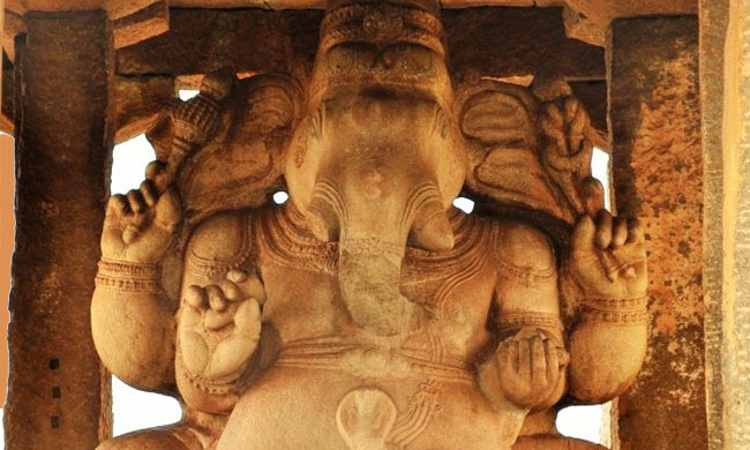The Indian Deity: How Law Treats It As A Juristic Person With Perpetual Minority?
Kratika Indurkhya
18 Aug 2019 3:08 PM IST

Next Story
18 Aug 2019 3:08 PM IST
In our country, generations have believed in the righteousness of Lord Ram, Allah, playfulness of Lord Krishna, brevity of the Gurus and warmth of Jesus Christ. Religious diversity in India provide a wonderful kaleidoscope of the country's rich social composition, as many religions have originated in the country and few religions of foreign origin have also flourished here. It is...
